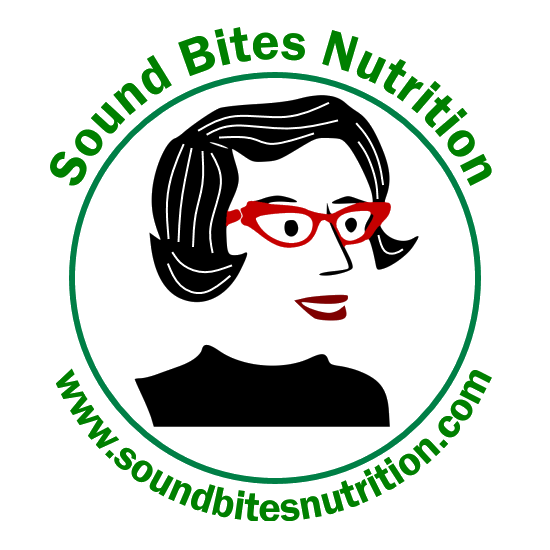Are bagels really healthy? Nutrition, Benefits, and Downsides
It’s your lucky day at work! Someone brought in fresh bagels. Should you eat one? Are they healthy or will they wreck your diet?Bagels are a type of bread that’s shaped like doughnuts but contain minimal fat and less sugar.
They are made of raised dough that is shaped and boiled then baked to form a firm crust.The origin of bagels is not clear, though some believe Polish immigrants brought the bagel to America. This article will review the nutritional content, benefits and downsides of bagels.
Bagel nutrition- size matters
The nutritional content of a bagel varies depending on its size. A store-bought bagel will be smaller than one from a bakery chain and will contain fewer calories, fat grams and other nutrients. You can also find 100-calorie bagels in some stories.
Aldi has a version that's whole wheat for 100 calories. https://www.aldi.us/A 4 oz. bakery-style bagel provides roughly 245 calories, 1.5 grams fat, 0 mg cholesterol, 430 mg sodium, 48 grams carbohydrate, 162 mg potassium, 4 grams dietary fiber and 10 grams of protein.
If the flour used in the bagel is enriched, the bagel will also contain a decent dose of folic acid. Folic acid is a B vitamin that is added to flour that helps prevent birth defects. 1
Enriched flour also provides iron and B vitamins including thiamine, niacin and riboflavin.Bagels may be made with whole grain or multi-grain flour. This would increase the fiber content of the bagel, though the calories and carbohydrate content would remain the same.
SUMMARYBagels are low in fat and cholesterol. They can be a good source of iron and B vitamins.
Bagel benefitsThe beauty of bagels is their convenience. Bagels make a great grab and go breakfast or quick post-workout meal due to their high carbohydrate content.Bagels have two halves and can be shared or half may be eaten later.
Bagels come in multiple varieties and flavors and can be paired with cream cheese, peanut butter, avocados, eggs or hummus. They are often served with lox (salmon) and cream cheese in NY style delis.In addition, bagels are versatile and can be served “cold” or toasted. Cold bagels are chewy while toasted are crunchy.
Go for whole grain bagels when possible. These will be higher in fiber than bagels made with white flour.
SUMMARY Bagels are a convenient food to eat for breakfast or other meals. They can be paired with several toppings and can be served cold or toasted.
Bummers about bagels
Bagels may be detrimental for “waist management” due to their high calorie load. A bagel with 2 Tbsp. of cream cheese packs 350 calories.Bagels that contain chocolate chips, cheese or sugar-cinnamon coating will be high in calories, fat and sugar.
They're kind of more like doughnuts in this sense.As bagels are high in carbohydrates, they can raise blood sugar in people with diabetes. 2 Like other bread products, bagels are high in sodium.
A plain bagel provides nearly 400 mg of sodium, which is 16% of the Daily Value.Bagels get stale quickly and should be eaten within a day or two of being made.
SUMMARYBagels are high in sodium and carbohydrates. They should be eaten when fresh for best quality.
References:
Experts urge addition of folic acid to flour to halt “avoidable tragedy” of birth defects BMJ 2018; 360 doi: https://doi.org/10.1136/bmj.k477 (Published 31 January 2018)
Shila Shafaeizadeh,1,*Leilani Muhardi,2 Christiani Jeyakumar Henry,3,4 Bert J. M. van de Heijning,5 and Eline M. van der Beek5,6 Macronutrient Composition and Food Form Affect Glucose and Insulin Responses in Humans. Nutrients. 2018 Feb; 10(2): 188.

